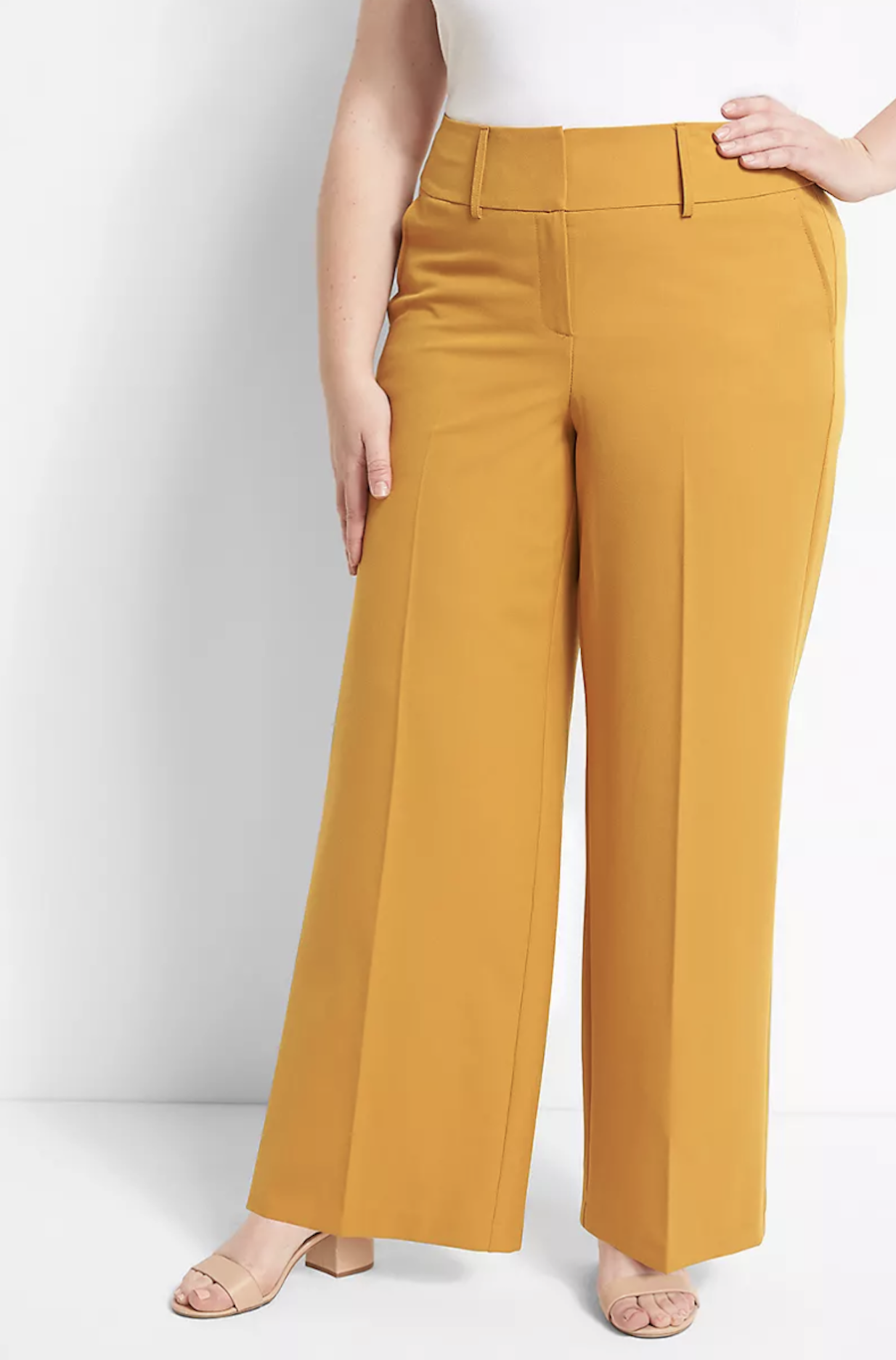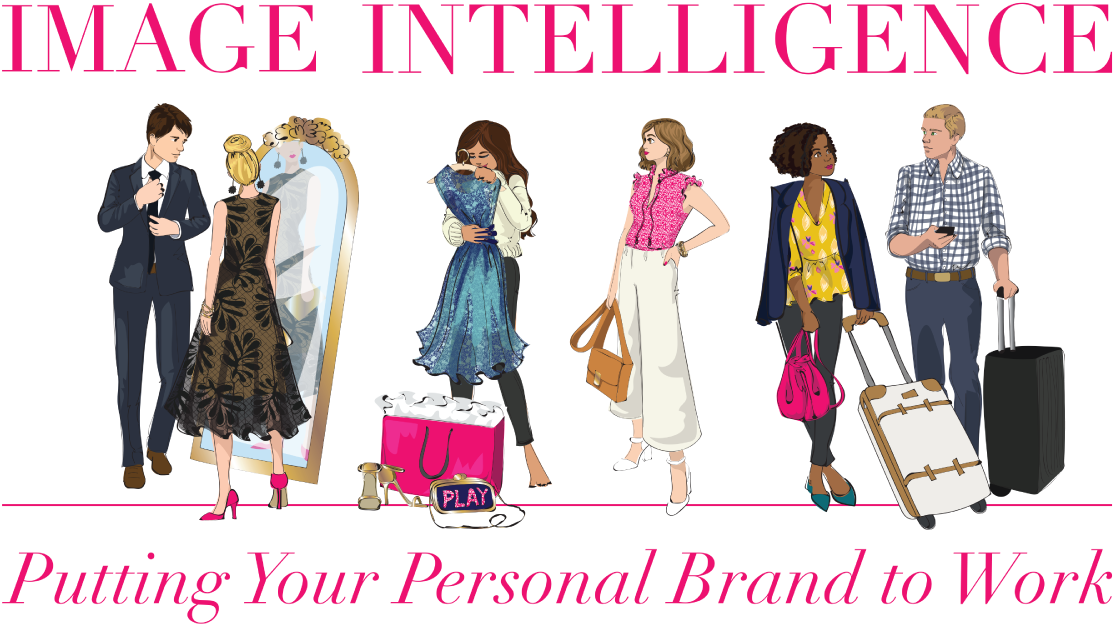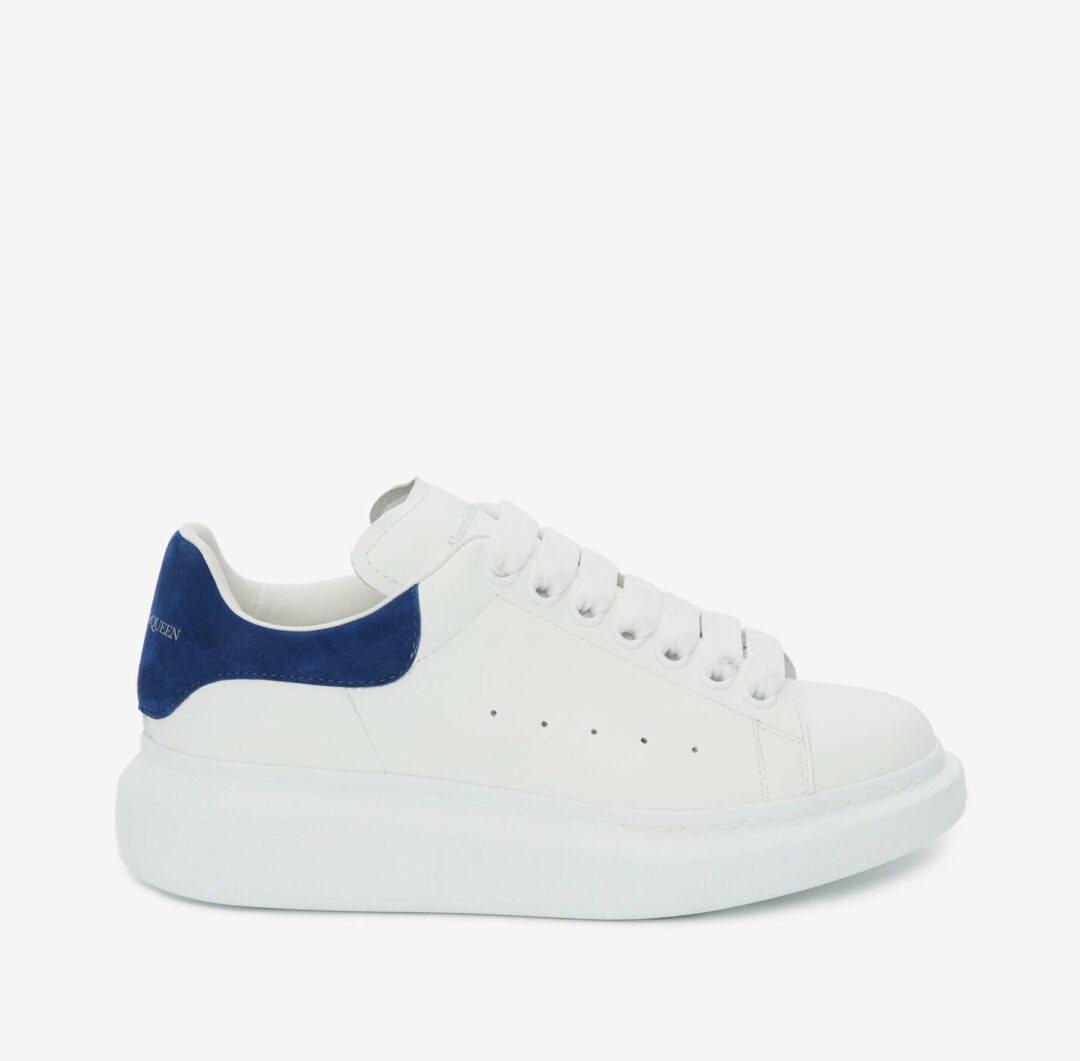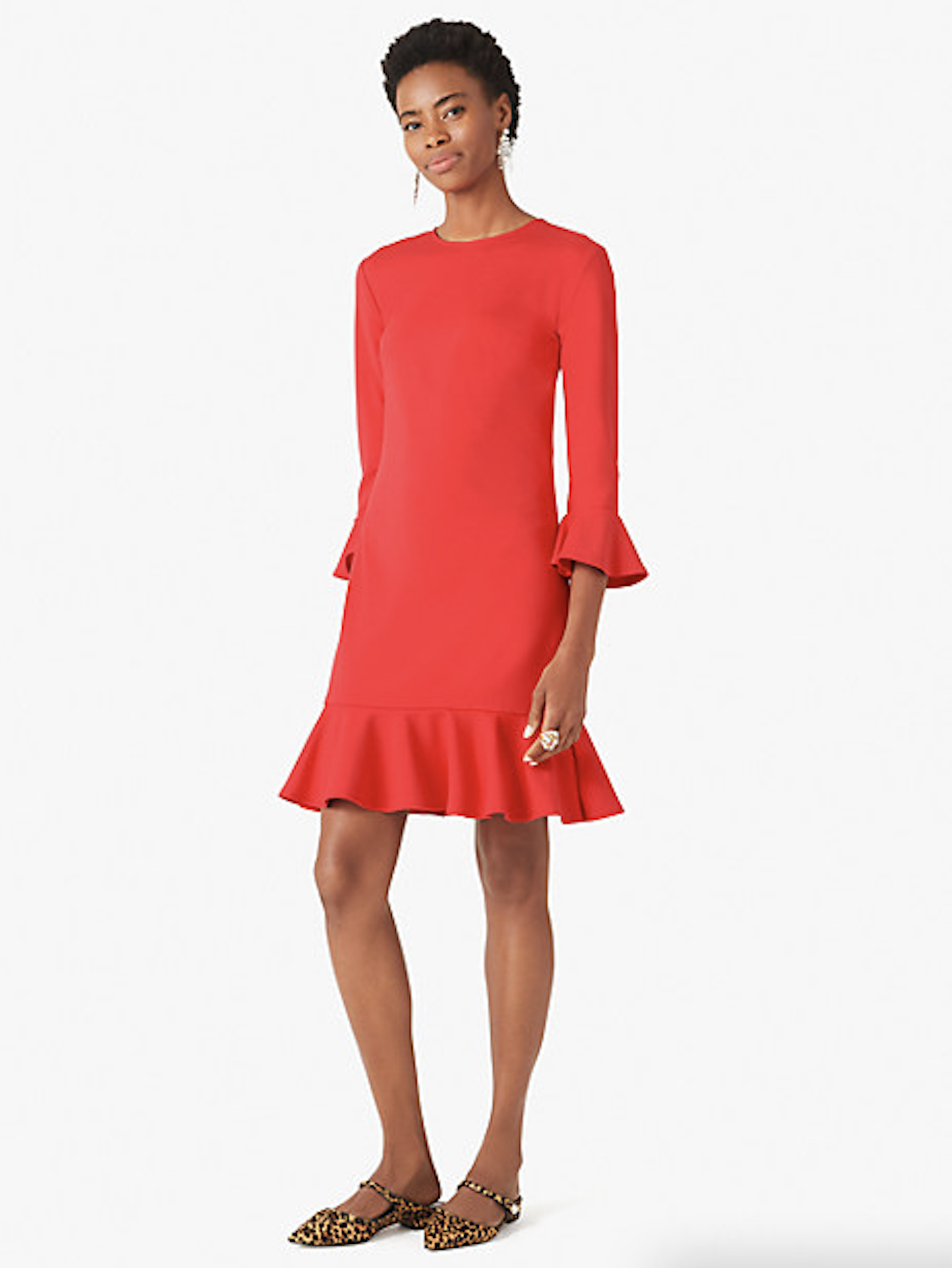
The lines between business casual and business formal have been blurred for years. How do you get a clear picture so that dressing does not need to be challenging, regardless of industry?
See our guide below for easy staples to add or mix into your current thinking.
1. The well-fitting pant:
A staple in both workplaces
Women who are wondering what business casual is (or isn’t) can take a simple, well-fitting pair of neutral pants as a base. Then, add a more formal top, such as a button-down or a blouse with fancier detail, and tuck it in.
Top this with a well-fitting blazer, a potential pop of color or pattern and you essentially have a business professional-approved mix and match suit. The same outfit could be considered business casual if you simply remove the blazer, wear more casual footwear, and are monochromatic in color. Fit and layers become an important aspect of determining business casual and business professional attire.

Lane Bryant Signature Fit Perfect Drape High-Rise Wide Leg Pant, $69.95
2. The power of footwear and accessories:
To move from casual to professional
Another way to determine what is business casual for women is to consider your footwear and accessories. High heels and dressier shoes can make an outfit seem more formal, and women working in a professional setting often wear these types of footwear to communicate this particular professional vibe. A more practical one to two-inch heel can do the trick as well. You can still portray a commanding presence with flats, especially if they have a very small heel or other details that create a more professional look. A patent leather detail or an interesting print is an easy way to add a slightly more formal look to an outfit. Business casual employees can use a more casual top and flats with this combination.
3. The power dress:
A business professional suit alternative
All who know me usually comment on my dresses for play and my more dressy dresses for work. Dresses work for both business casual and formal work situations. While women who are trying to build a business casual wardrobe can wear dresses, the fabric, fit, and style of these dresses are often more casual. A dressy dress can replace the suit as a staple throughout the week.
As seen in the picture, these formal work dresses are well-fitted and conservative but give off a leadership vibe and put-together look. Paired with heels, these dresses can make for the perfect single-item outfit. Women working in a more formal professional environment should ensure the dress hits at or below the knee, or even lower. Full-length dresses are not typically worn in a formal professional setting, such as maxi skirts or a full-length dress, though some business casual employees can wear a maxi skirt.
4. Putting the pieces together:
The mix and match pantsuit or skirt and jacket look
Many industries have circumstances where employees will go from business casual to business formal professional depending on the day, the meetings scheduled, and the clients or bosses they will see that day. In this case, the mix and match outfit is the key to a flexible wardrobe that can be modified based on your schedule
When you are sitting in important interviews or presenting to the board, the full pantsuit together conveys confidence, leadership, and poise, as well as a more formal tone.
Individually, blazers can be paired with dark jeans, a blouse, and heels on a casual Friday. Dress pants or a pencil skirt can be used any day of the week to dress up or down depending on the occasion.
By rotating a few different shirts, you can get days and weeks of wear before you’ve even repeated an outfit and can tailor your professionalism to the day’s tasks.







